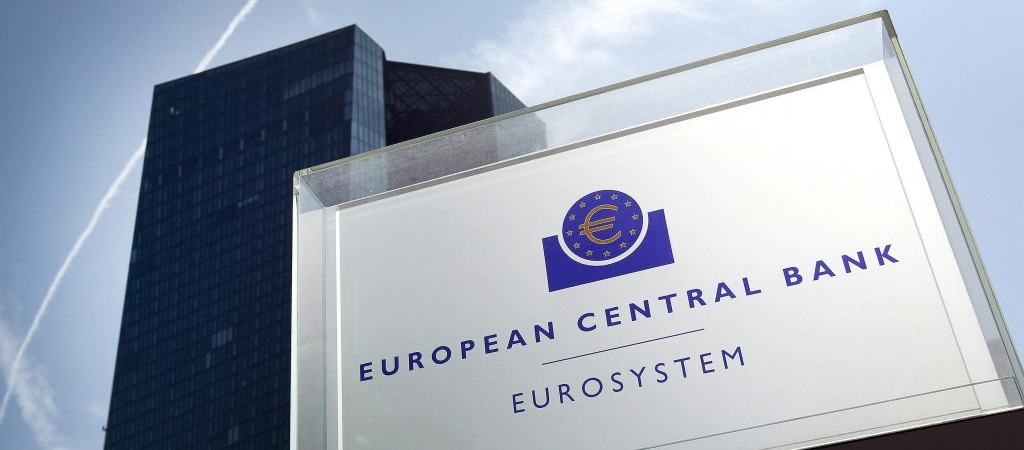
After more than thousand years of search, the holy grail of cross-border payments can be found within the next ten years.
The holy grail of cross-border payments is a solution which allows cross-border payments to be (1) immediate, (2) cheap, (3) of universal reach, and (4) settled in a secure settlement medium, such as central bank money, according to a new paper from the ECB – Towards the holy grail of cross-border payments.
The search for the holy grail has been ongoing for many centuries. In 2020, improving cross-border payments was set as a key priority by the G20: the G20 asked the Financial Stability Board (FSB), working with the Committee on Payments and Market Infrastructures (CPMI) and other standard-setting bodies to co-ordinate a three-stage process to develop a roadmap to enhance cross-border payments.
The conclusion that it is time again for forceful measures to improve crossborder payments resulted from several considerations, namely that (i) globalisation and thus volumes of cross-border payments have continued (and indeed are forecasted) to increase; and (ii) the fact that although digitalisation has made instant cross-border communication quasi cost-free, there has not been a striking decline in the costs associated with executing cross-border payments.
This paper argues that after more than thousand years of search, the holy grail of cross-border payments can be found within the next ten years.
The review of various visions as to how to achieve the holy grail suggests that Bitcoin is least credible; stablecoins, traditional correspondent banking, and cross-border Fintechs take an intermediary place, but may all contribute to improvement over the next years.
From a public policy perspective, stablecoins appear somewhat more problematic than the other two options as they aim at deep closed loop solutions, market power and fragmentation.
Two solutions – the interlinking of domestic instant payment systems and future CBDCs, both with a competitive FX conversion layer – may have the highest potential to deliver the holy grail for larger cross border payment corridors as they combine (i) technical feasibility; (ii) relative simplicity in their architecture; and (iii) maintaining a competitive and open architecture by avoiding the dominance of a small number of market participants who would eventually exploit their market power.
Moreover, (iv) monetary sovereignty is preserved, and (v) the crowding out of local currencies is avoided due to a FX conversion layer at the border (which does not hold for Bitcoin and global stablecoins). Interlinking of domestic payment systems would also perform well in terms of preserving the universal reach of correspondent banking (although of course only for the payment areas that are actually interlinked).
Banking 4.0 – „how was the experience for you”
„To be honest I think that Sinaia, your conference, is much better then Davos.”
Many more interesting quotes in the video below: